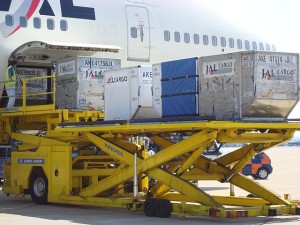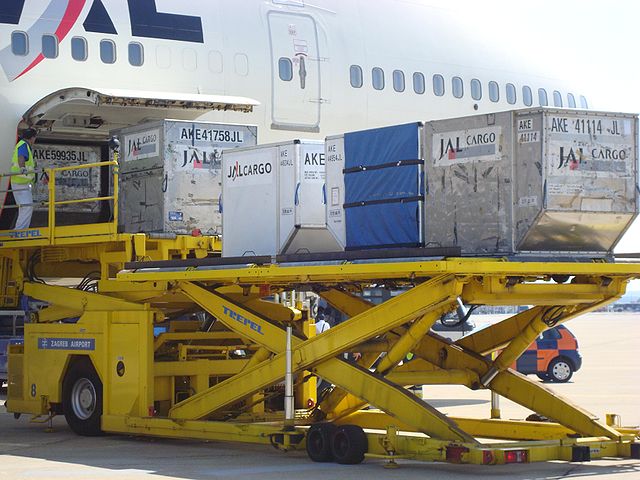 Cargo demand for airlines in full year 2015 is expected to post only minimal growth, but is seen to improve slightly next year, with the Euro area providing a sliver of optimism, according to the International Air Transport Association (IATA).
Cargo demand for airlines in full year 2015 is expected to post only minimal growth, but is seen to improve slightly next year, with the Euro area providing a sliver of optimism, according to the International Air Transport Association (IATA).
The IATA pegs demand growth for this year at just 1.9%, noting how the market has shrunk from levels seen at the end of 2014 in reflection of sluggish trade.
“Expectations for higher global economic growth in 2015 have eroded,” according to IATA’s fourth-quarter report.
Year-to-October growth in freight tonne kilometers (FTKs) was 2.6% compared to the same period last year, but these small gains in volumes over the year are explained by the surge in activity in the first quarter due to switching towards air cargo because of the U.S. West Coast seaport backlog and recalls in the U.S. for Japanese auto parts, it added.
In October, year-on-year growth was just 0.5%, which IATA said is below levels seen in December 2014—the month when world trade peaked.
“A tough global economic environment and feeble world trade have subdued air cargo demand. Emerging markets have struggled—a slowdown in China has sent commodity exporters wobbling. Advanced economies continue to expand at a healthy pace although slower than expected,” the report noted.
“Even if growth in air cargo volumes outperforms world trade, the weak economic recovery combined with structural changes in world trade have subdued growth potential in 2015.”
But the sector is projected to strengthen in 2016 as the Euro area continues to recover.
“Looking ahead to Q4 and 2016, air cargo demand will likely continue to come under strain but a sustained recovery in the Eurozone—a key market—can be a source of optimism,” said IATA.
Demand in 2016 is expected to accelerate to 3%, slightly ahead of expected GDP growth average of 2.7% for the year.
“Prior to the global financial crisis this pace of economic growth would have generated much faster international trade and air cargo growth, but that pattern of growth appears to have stopped as companies bring supply chains closer to home,” noted IATA.
In total, the industry is expected to uplift 52.7 million tonnes of cargo in 2016.
Relative to jet fuel prices—a key cost—yields have held up but performance has varied by trade lane and direction. For Asia-Pacific carriers, they are seen to benefit more fully from the impact of lower fuel prices in 2016, but the region is in the front line for the impact of continued weakness in cargo revenues.
For next year, cargo revenues are expected to decline slightly to US$50.8 billion from $52.2 billion in 2015.
Photo: Dtom





